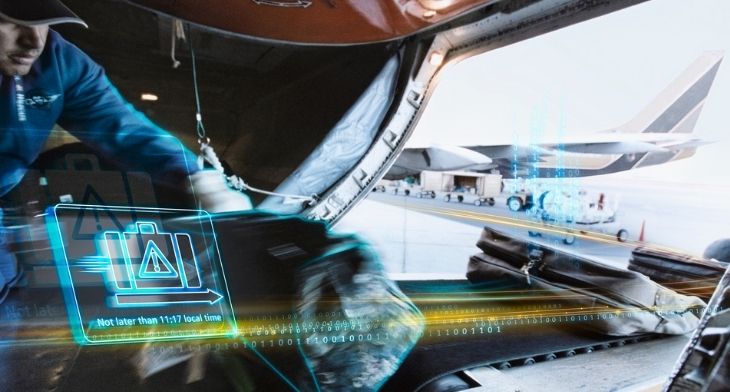


Airports, airlines and ground handlers can now benefit from Siemens Logistics’ new version of its baggage handling and airport operations software Baggage 360.
The software provides real-time baggage flow forecasting, an interactive map of all airfield movements and a resource planning and simulation tool, thus enabling airport stakeholders too plan and allocate their fixed, mobile and human resources optimally.
Baggage 360 also leverages cloud technology to offer more than IoT functionalities and predictions driven by artificial intelligence (AI). It consists of a suite of applications to ensure seamless operations. Forecasting functions utilise advance AI and machine learning algorithms to anticipate expected baggage volumes for the next 24 hours and pinpoint potential bottlenecks or malfunctions. For example the resource planning tool can be used to change a flight’s make-up or laterals assignment to shorten baggage journey time.
“The new release of Baggage 360 is an important step toward a digital twin for baggage handling processes,” says Michael Reichle, CEO of Siemens Logistics. “The virtual representation of real-time operations helps airports to monitor and manage processes remotely and intuitively. Our pilot customers were impressed by how additional functionalities increased their operational efficiency.”
With airport stakeholders subject to high costs and time constraints, particularly following the global pandemic, the need to scale processes in line with passenger and baggage fluctuations is a challenge as the industry continues to recover.
As part of a pilot, Baggage 360 improved the average end-to-end travel times by nine minutes through smarter planning and allocation of laterals, the points at which ground handlers feed the baggage handling system with transfer bags. Furthermore, on a single day, Baggage 360 contributed to 22% fewer left-behind bags.
Baggage 360 is based on MindSphere, the open IoT operating systems from Siemens. It connects real-world processes and machines with the digital world of data analytics and apps. It can be implemented at any airport – regardless of size or the operating system in use. The apps are highly scalable, allowing businesses to access more features and services as they grow.





